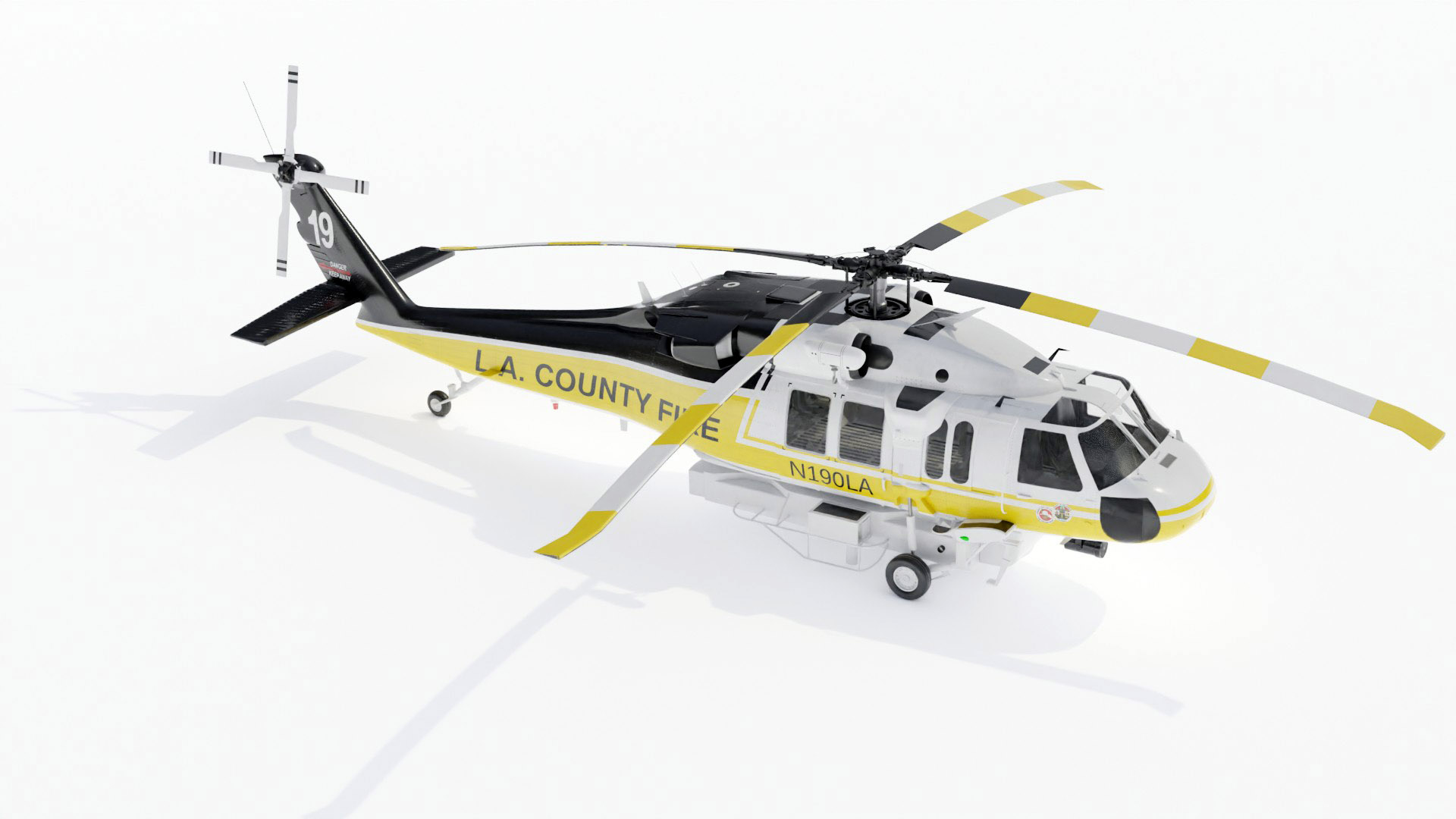Discovering the Capacities of the Sikorsky S 70: A Comprehensive Review
Discovering the Capacities of the Sikorsky S 70: A Comprehensive Review
Blog Article
Modernized Vertical Lift Platform With Advanced Composite Structures and Improved Precaution
In the realm of upright lift platforms, a considerable shift in the direction of modernization has been observed, driven by the integration of innovative composite frameworks and increased security procedures. In exploring the merging of modern technology and security in contemporary lift platforms, an engaging narrative emerges, showcasing the possibility for transformative advancements that cater to the ever-evolving demands of industrial markets.
Development of Vertical Lift Platforms

The development of upright lift systems can be traced back to standard pulley systems and early elevator styles. Gradually, advancements such as hydraulic systems, electrical motors, and progressed control devices have significantly boosted the efficiency and safety of these platforms. Makers have actually additionally concentrated on boosting the stability, reach, and load-bearing capabilities of vertical lift platforms to satisfy the diverse requirements of various industries.
Moreover, the combination of wise modern technologies like sensors, IoT connectivity, and automation functions has further changed the abilities of contemporary vertical lift platforms. These technical enhancements not only improve functional performance however additionally ensure enhanced safety and security criteria for workers making use of these systems at numerous elevations. The constant evolution of vertical lift platforms underscores their essential role in boosting upright mobility throughout markets.
Combination of Advanced Composite Frameworks

Furthermore, the usage of innovative composite materials allows for even more facility and maximized architectural designs, enabling designers to customize the system's buildings to satisfy particular performance demands. Generally, the incorporation of innovative composite frameworks in modern upright lift systems represents a significant advancement in aerospace modern technology, leading to a lot more reliable, reliable, and more secure aerial transport systems.
Boosted Precaution Application
Executing improved safety and security measures is crucial in guaranteeing the ideal efficiency and integrity of modern-day upright lift platforms. One essential element of boosted safety and security actions is the assimilation of innovative sensor technologies to check various specifications in real-time.

Market Applications and Benefits
With improvements in technology and design, modernized vertical lift systems have actually discovered varied applications across different industries, supplying considerable advantages in efficiency and efficiency. In the production industry, these platforms enhance the procedure of carrying hefty products and equipment within centers, decreasing hand-operated handling and enhancing operational effectiveness. The construction sector take advantage of upright lift systems by enabling workers to gain access to raised areas securely and effectively, boosting overall project timelines. Warehousing and logistics firms use these systems to maximize storage room utilization and assist in quicker picking and packing processes.
In addition, upright lift systems play an essential function in the upkeep and fixing of framework such as bridges, high-voltage line, and structures, enabling service technicians to get to inaccessible areas easily (sikorsky s 70). The aviation market also leverages these systems for airplane maintenance and assembly jobs, boosting operations performance and making sure worker safety at heights. On the whole, the extensive adoption of modernized upright lift systems across sectors underscores their versatility and the substantial enhancements they bring to various procedures
Future Trends in Lift Platform Technology
Incorporating innovative automation and intelligent features, lift system technology is poised get more to change upright transportation systems in the close to future. One essential trend is the assimilation of Web of Points (IoT) technology, enabling lift platforms to communicate real-time data for anticipating maintenance, optimizing performance, and enhancing safety and security. Expert system and artificial intelligence formulas are also being integrated to analyze patterns, forecast prospective problems, and enhance effectiveness. Additionally, making use of advanced materials such as carbon fiber compounds gets on the increase, using raised toughness and strength while reducing general weight. Boosted safety actions, consisting of biometric authentication and emergency feedback systems, are ending up being basic features to guarantee passenger protection. Furthermore, modular styles and adjustable arrangements are obtaining popularity, enabling higher flexibility to various settings and requirements. As lift platform innovation proceeds to develop, these trends are readied to form the future of vertical transport, making it more efficient, secure, and straightforward.
Final Thought
To conclude, the up-to-date upright lift platform showcases the evolution of technology in the sector. By incorporating sophisticated composite structures and improved safety and security actions, this system provides enhanced performance and safety and security for various applications. The sector can benefit substantially from these innovations, and future patterns in lift platform innovation are most likely to proceed boosting upon these advancements for even higher success and effectiveness.
In the world of vertical lift systems, a considerable change towards innovation has been observed, driven by the combination of advanced composite frameworks and heightened security measures. The constant advancement of upright lift platforms highlights their essential role in improving vertical movement across sectors.

The unification of advanced composite structures in contemporary vertical lift platforms has substantially enhanced their useful content structural stability and performance abilities. By integrating these sophisticated composites right into the style and building of upright lift platforms, producers can minimize total weight, increase load-carrying capacity, and enhance the platform's toughness and durability.
Implementing boosted safety steps is important in guaranteeing the ideal efficiency and integrity of modern-day vertical lift systems.
Report this page